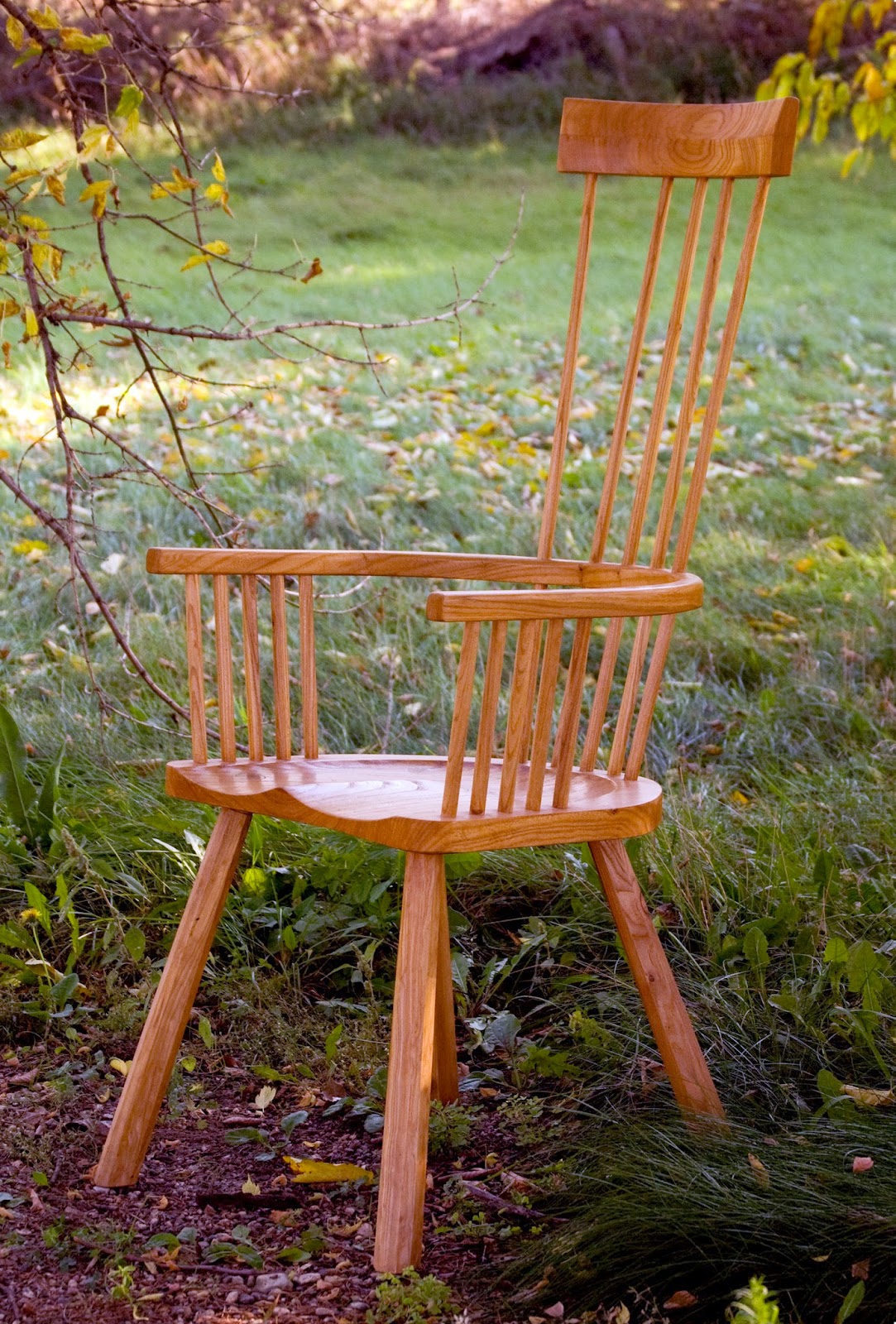When these photos of the band saw milling were taken, only some of the smaller logs were milled. To give some perspective on the vary large logs later sawn, we've included this photo of a topped elm. (Yes, it's burnt a bit.) It is easily 44" in diameter. In the foreground, wearing a piece of orange surveyor's tape is a poor quality ash tree, also removed, and now mostly firewood. But behind it, to the left, and with shingles stacked on top, is one of the butt logs that was later quarter sawn. And between the ash and the elm, and in the background, is an elm log, lying horizontally, that was milled. We cut it into three lengths, of maybe 65" each. The diameter was 33". The pile of brush behind it is the top limbs and branches. That building is our 22' x 29' barn, where we hope to house rabbits, and something that gives eggs.

The mill looks rickety, but cut extremely well, and very accurately. It runs off a gasoline engine, and self feeds, with the operator controlling the speed while he walks along. Notice the feed chain by the word 'VOLUNTEER'.
This is the very first log cut after the first pass. It's maybe 14" by 80".
The same log during a second pass to clear away that limb butt and top.

Notice that the spokes are not visible in the wheel; this photo is mid cut. The various height, tension and width controlling handles are visible.
And now the stars of the show, the draft horses that brought the mill from my Amish friend's place three miles distant, and dragged the logs to the mill with the stone boat.
Considerable man power was used to roll and pry the logs up these 4x4's and onto the carriage. We regret not having more photos of the vary largest logs. And no, we took no photos of my Amish friend and his son, who, by himself lifted most of the slabs off the bed of the mill. Ah, young muscles!
The first chair seat was almost finished today; the adzing and scorping are finished. And my blades to make a curved bottom scraper, and curved both ways plane are ready to be picked up at the machinist in Parkston tomorrow. Very soon we may be boring holes in the seat and driving home the first legs. The steamer comes early next week, so bending can commence. "Viva Christo Rey"

































